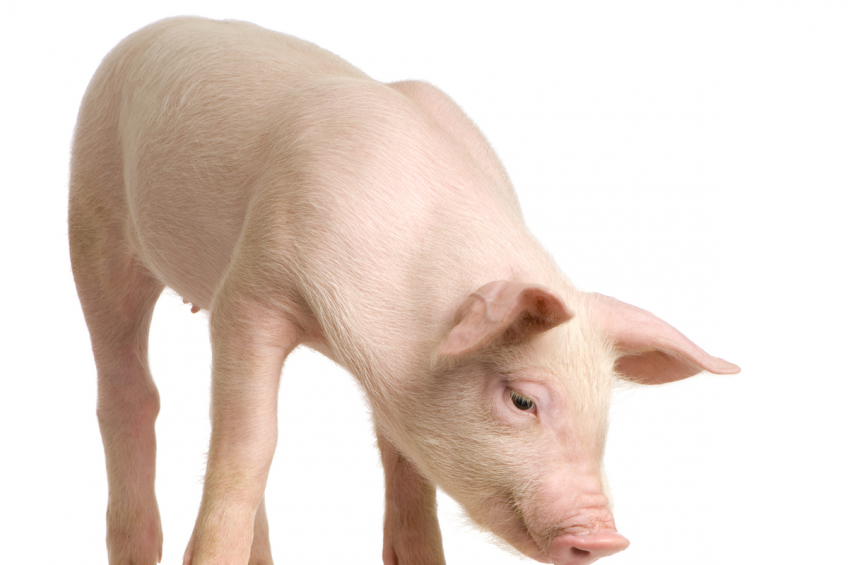Feed survey shows pig feed as largest growth sector

The global production of pig feed saw the largest growth according to Alltech’s 2014 Feed Survey. For a summary of its findings read further.
The rising consumer demand for protein prompted feed producers around the world to increase the number of animal feed mills. According to the survey an estimated total of 980 million metric tonnes of feed is currently being produced globally.
Top 10 feed producers globally
The top 10 feed producers in the world remained the same: China, the US, Brazil, Mexico, India, Spain, Russia, Japan, Germany and France. Some of the smaller countries saw significant jumps in productivity, including Indonesia, Turkey, Vietnam, Poland, Romania and Morocco.
China wins ‘leading feed producer’ title, despite decline in production
China has once again won the title of leading feed producer in Alltech’s annual Global Feed Tonnage Survey with 182.69 million tonnes manufactured throughout the country’s 9.500 feed mills; however, this is the second year the nation has reported a decline in production.
PEDv outbreaks affected feed production
According to Aidan Connolly, chief innovation officer and director of Alltech’s Global Feed Tonnage Survey, there were many areas of ups and downs in worldwide production, impacted by both positive and negative influences such as slow markets, shifting raw feed material costs, fluctuating governance over import/export standards and animal diseases such as PEDv in pigs and bird flu in poultry. He estimates the feed industry’s net worth at US$460 billion, based on average materials prices throughout 2014.
“2015 marks the fourth consecutive year that Alltech has conducted a global feed survey analysing feed production,” Connolly said. “This undertaking requires a significant amount of work each year, mainly because the feed industry is measured differently and in varying degrees of thoroughness from country to country. Yet, each year, better information is discovered and more is learned about how farmers around the world feed their livestock.”
Compound feed production assessed in 130 countries
The Global Feed Survey assessed the compound feed production from 130 countries in Dec. 2014 through information obtained in partnership with local feed associations and Alltech’s sales team, who visit more than 28,000 feed mills annually.
US ranked second in global feed production
The United States and Brazil ranked second and third respectively among the countries, with the US producing 172.5 million metric tonnes from 6,718 feed mills, and Brazil generating 66 million metric tonnes from 1,698 feed mills.
Developments in technology boosted feed production
Number five global producer India had a considerable boost in feed production, up to 29.4 million tonnes, a 10% increase over 2013, owing mainly to favourable weather conditions and improvements in farming methods and technology. Turkey, Romania, Tunisia and Bolivia were also classified as hot spots for growth and development, with each reporting a second consecutive year for increased production. When grouped in regions, Africa and Latin America saw the greatest growth in 2014, with Africa experiencing growth in all species.
Pig feed production sees largest growth
When analysed by species, poultry held its position as industry leader with a 45% share of the feed market at 439 million tonnes, despite a slight decline compared to last year’s survey. Pigs and pets saw the largest percentage of growth in 2014, pigs up to nearly 256 million tonnes and pets up to nearly 22 million tonnes. Aqua again grew, up 1.8% to over 41 million tonnes. Equine feed production saw a decline.
The Global Feed Survey outlines Alltech’s estimate of the world’s feed tonnage and trends to date and is intended to serve as an industry resource for the coming year.
Download a summary of the 2015 Alltech Global Feed.











